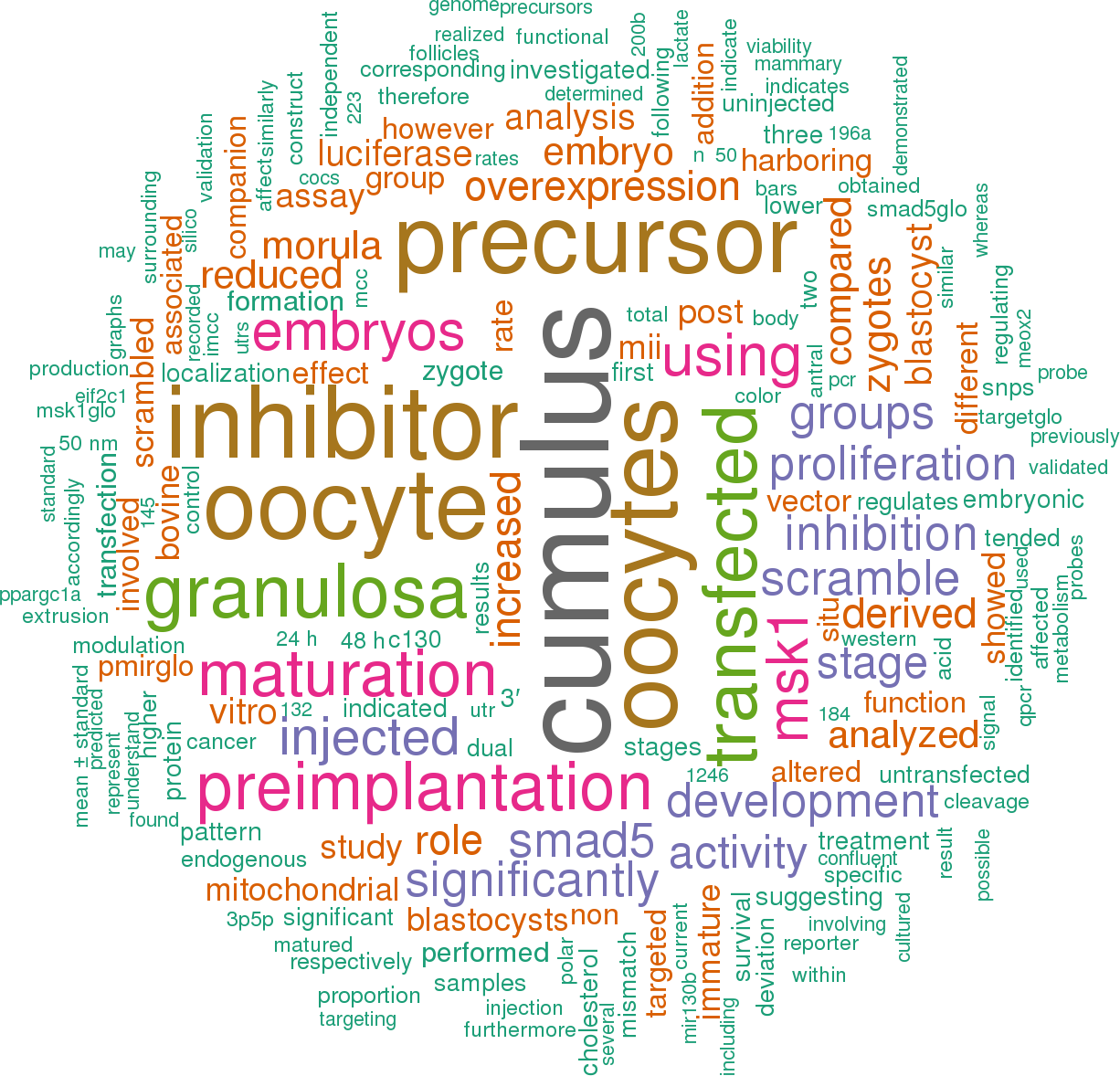11 papers mentioning bta-mir-130b
Open access articles that are associated with the species Bos taurus
and mention the gene name mir-130b.
Click the buttons to view sentences that include the gene name, or the word cloud on the right for a summary.

 |
 |
 |
 |
 |
 |
 |
 |
 |
 |
 |
